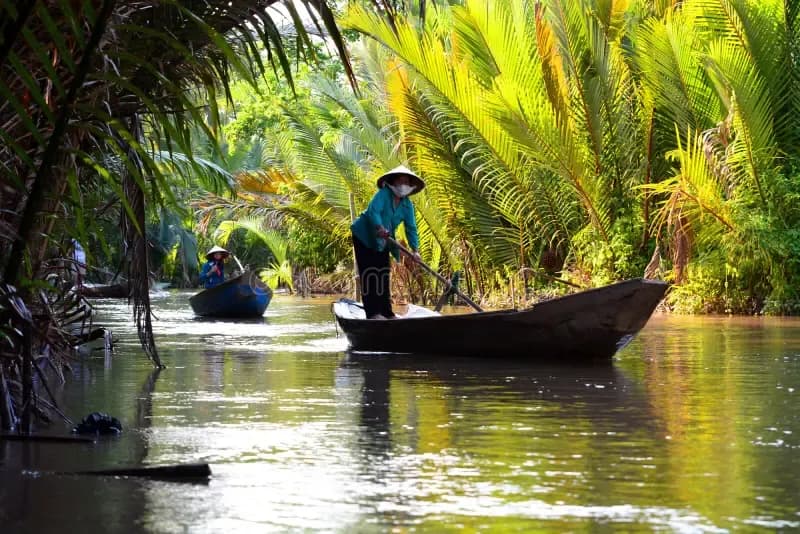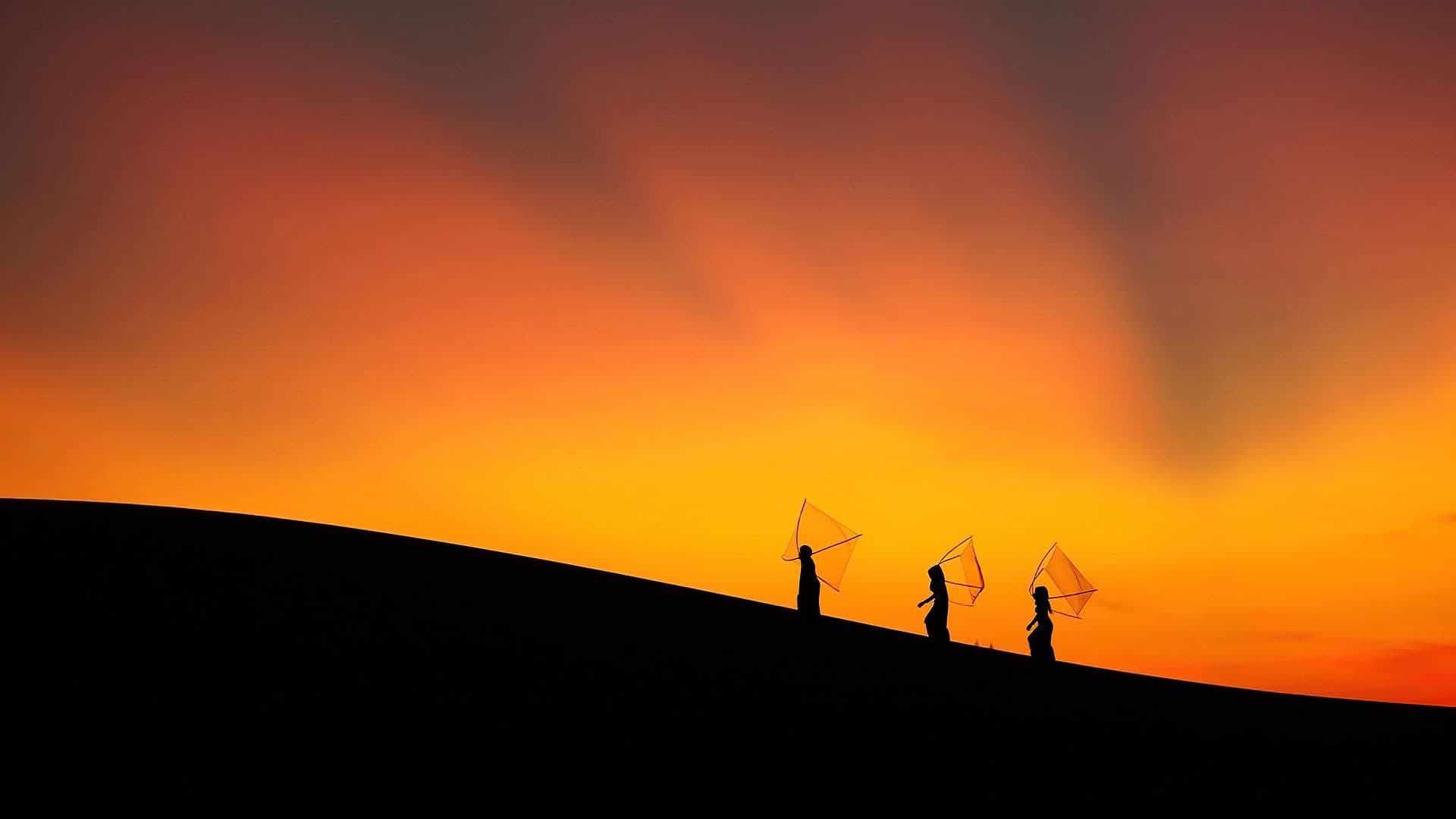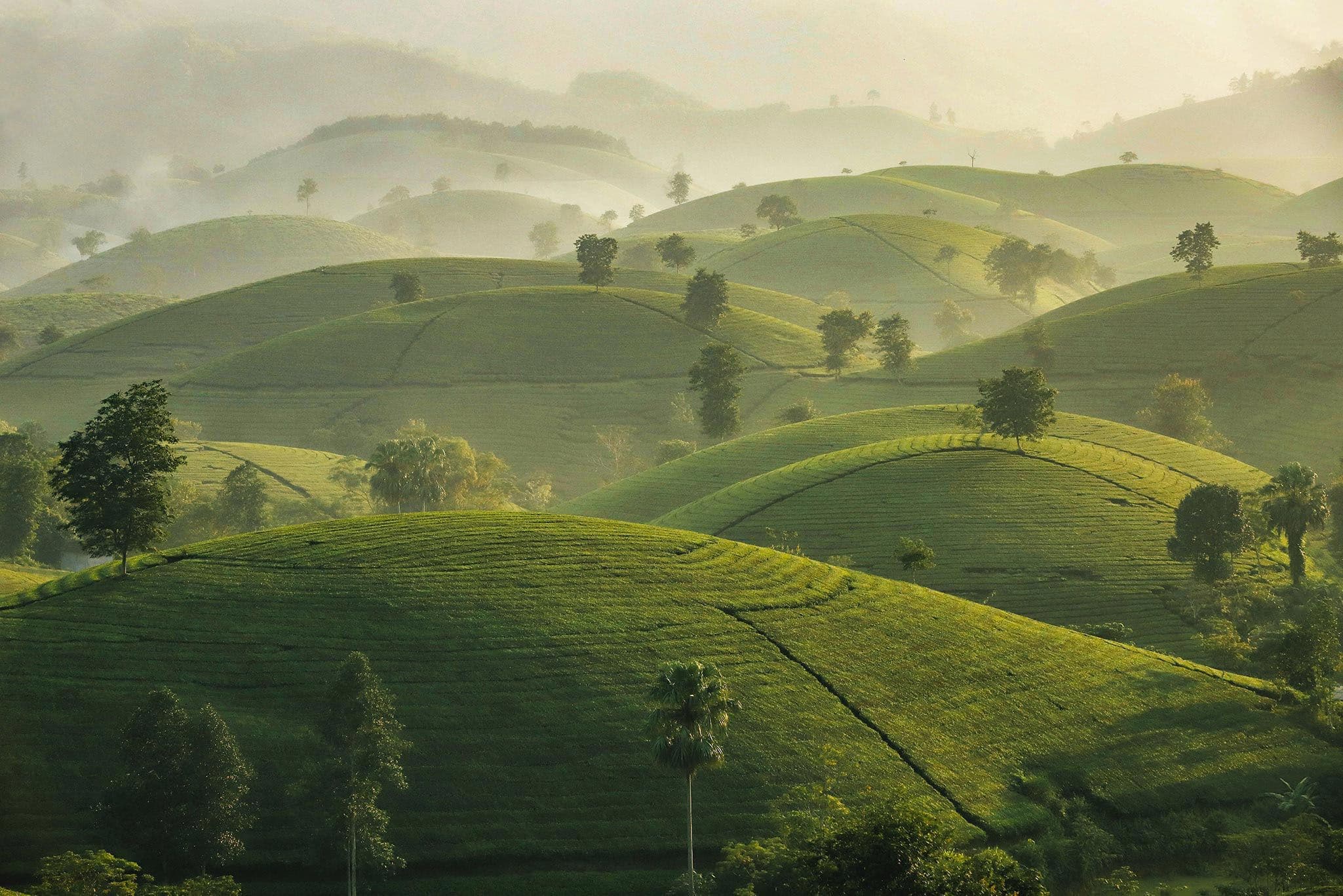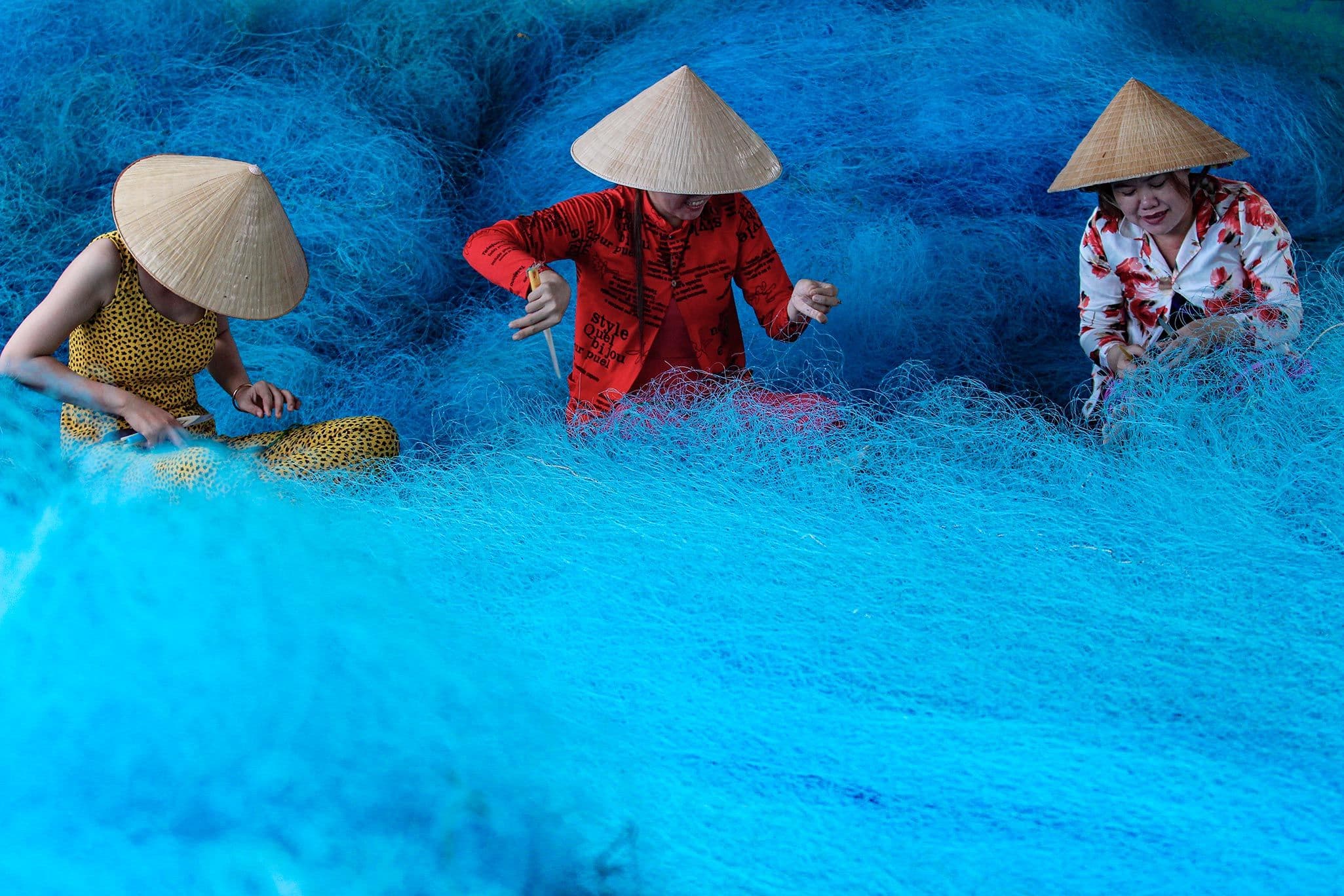
- 1. What is Vietnam Photography Tour?
- 2. Why Join a Vietnam Photography Tour?
- 3. Best Time of Year for Photography
- 4. Photography Tour Highlights by VieNam
- 5. Hidden Gems for Photographers
- 6. Photography Tips
- 7. FtripVietnam’s Curated Photography Tours
- Local Expertise That Opens Hidden Doors
- Perfect Timing for the Perfect Shot
- Specialized Support for Photographers
- 8. Recommended Gear for a Vietnam Photography Trip
- Lenses — Your Creative Toolkit
- Accessories — The Unseen Heroes
- Backup & Storage — Safeguarding Your Work
- Carrying System — Comfort & Security
- 9. Estimated Budget
- 10. Conclusion
Embark on a Vietnam Photography Tour and capture the country’s breathtaking beauty through your lens. From the vibrant street life of Hanoi and the lantern-lit charm of Hoi An to the misty mountains of Sapa and the golden rice terraces in Mu Cang Chai, Vietnam offers endless opportunities for stunning shots. Whether you’re a professional photographer or an avid traveler with a passion for photography, this journey promises authentic cultural encounters, diverse landscapes, and unforgettable visual stories.
1. What is Vietnam Photography Tour?
A Vietnam Photography Tour is a specialized guided trip for photography enthusiasts to visit diverse locations across Vietnam, such as cities, landscapes, and cultural villages, to capture iconic imagery and unique cultural experiences. Led by professional photographers, these tours offer educational components like workshops on camera settings and composition, provide opportunities for authentic cultural interaction, and focus on capturing images of people, landscapes, and daily life in both popular and off-the-beaten-path locations.
2. Why Join a Vietnam Photography Tour?
Professional Guidance: Each tour is led by experienced photographers who share expert tips on lighting, framing, and camera techniques, ensuring you capture Vietnam at its best.
Culture and Landscapes: From bustling local markets and traditional villages to sweeping rice terraces and dramatic coastlines, the tours balance cultural immersion with breathtaking natural scenery.
Skill Development: Workshops and hands-on sessions are often included, helping participants improve camera settings, creative composition, and storytelling through photography.
Exclusive Access: Many tours open doors to lesser-known destinations and authentic communities, giving photographers unique opportunities to capture daily life far beyond the typical tourist trail.
Flexible Itineraries: Whether you prefer a one-day shoot, a custom-designed private experience, or a multi-day journey across Vietnam, itineraries are tailored to fit different travel styles and photography goals.
3. Best Time of Year for Photography
- Spring (Feb–Apr): Blossoming flowers, Tet celebrations, clear skies.
- Summer (May–Aug): Vibrant greens, coastal sunsets, dynamic storm skies.
- Autumn (Sep–Nov): Harvest season with golden rice terraces, warm soft light.
- Winter (Dec–Jan): Misty highlands, moody light, dramatic landscapes.
Pro Tip: Plan early morning and late afternoon shoots to avoid harsh midday sun and capture softer tones.
4. Photography Tour Highlights by VieNam
Northern Vietnam
- Hanoi’s Old Quarter: Street portraits, colonial architecture, morning markets.
- Ha Giang Loop: Breathtaking mountain passes, ethnic minority life.
- Sapa: Layered rice terraces, traditional village scenes.
- Ha Long Bay: Sunrise over limestone karsts.
Central Vietnam
- Hue: Imperial Citadel, incense-making workshops.
- Hoi An: Lantern festival, riverside charm, craft shops.
- Da Nang: Marble Mountains, coastal panoramas.
Southern Vietnam
- Ho Chi Minh City: Nightlife, urban chaos, street vendors.
- Mekong Delta: Floating markets, riverside dwellings.
- Phu Quoc: Fishermen at dawn, palm-fringed beaches.

5. Hidden Gems for Photographers
- Ban Gioc Waterfall: Misty cascades, fewer crowds.
- Cham Islands: Underwater coral photography.
- Mu Cang Chai: Panoramic harvest season terraces.
- Pre-dawn Markets: Pure local life before tourists arrive.
6. Photography Tips
- Street Photography: Use a prime lens (35mm/50mm), stay discreet.
- Landscape Photography: Golden hour focus, use ND filters for waterfalls and seascapes.
- Cultural Sensitivity: Always ask permission before taking close portraits, especially in rural areas.
7. FtripVietnam’s Curated Photography Tours
A photography journey with Ftrip Vietnam is more than just a trip — it’s an immersion into Vietnam’s most photogenic moments, guided by people who know exactly when and where the magic happens.
Local Expertise That Opens Hidden Doors
With decades of combined experience, FtripVietnam’s local guides don’t just take you to the popular Instagram spots — they lead you through winding alleys, secret vantage points, and untouched landscapes that rarely appear in guidebooks. From arranging an early-morning coffee with an ethnic minority artisan in Ha Giang to securing a fisherman’s boat for an exclusive sunrise shoot in Hoi An, their insider access ensures you capture images that tell deeper, more authentic stories.
Perfect Timing for the Perfect Shot
In photography, light is everything — and FtripVietnam builds each itinerary around it. That means reaching rice terraces right as the first golden beams break through the mist, catching Hoi An’s lanterns at their most luminous glow, and arriving at floating markets before the tourist boats stir the water. Every day’s schedule is designed with both golden hours and blue hours in mind, ensuring a soft, cinematic look for your images.
Specialized Support for Photographers
Photography in Vietnam often requires more than just a camera — and FtripVietnam provides the extras that make a big difference. Need a permit to fly your drone over Ha Long Bay’s karsts? They’ll arrange it. Struggling with carrying heavy tripods and lenses across steep mountain trails? They’ll handle the logistics. They can even coordinate with local communities to stage cultural scenes in a respectful, authentic way, giving you a chance to document traditional crafts or harvest rituals without feeling intrusive.
Example 10–14 Day Itinerary (Customizable to your interests)
- Day 1–2 – Hanoi Street photography in the Old Quarter, Hoan Kiem Lake at dawn, and candid portraits in morning markets.
- Day 3–5 – Ha Giang Epic mountain passes, ethnic village life, and layered rice terraces in golden light.
- Day 6–7 – Ha Long Bay Sunrise from a private boat deck, limestone karst silhouettes at sunset.
- Day 8–10 – Hoi An & Hue Lantern festival night shots, traditional craft workshops, and imperial architecture.
- Day 11–12 – Ho Chi Minh City Urban night photography, street food culture, and market hustle.
- Day 13–14 – Mekong Delta Floating markets before sunrise, riverside villages, and serene countryside.
8. Recommended Gear for a Vietnam Photography Trip
Photographing Vietnam means you’ll be moving between humid deltas, misty mountain passes, crowded markets, and salty sea breezes — often in the same week. Your gear needs to be versatile, durable, and easy to carry, while still giving you the creative control to handle everything from low-light portraits to sweeping landscapes.
Lenses — Your Creative Toolkit
- Wide-Angle Zoom (16–35mm or 14–24mm): Essential for Ha Long Bay’s limestone giants, Mu Cang Chai’s terraced panoramas, or tight market alleys in Hanoi. A wide lens captures both the subject and the surrounding story, perfect for dramatic compositions.
- Standard Prime (35mm or 50mm, f/1.4–f/1.8): Ideal for street portraits in Hoi An, candid market shots, and low-light festival scenes without relying on flash. The shallow depth of field adds intimacy and softness to cultural portraits.
- Telephoto Zoom (70–200mm or 100–400mm): Great for Ban Gioc Waterfall from a distance, ethnic minority festivals where you want to stay respectful, and wildlife or boat scenes in the Mekong Delta. Also compresses backgrounds beautifully for a cinematic look.
💡 Pro Tip: If you’re traveling light, consider a 24–105mm f/4 lens — a single workhorse that covers most situations without constant lens changes.
Accessories — The Unseen Heroes
- Lightweight Carbon Fiber Tripod: Necessary for sunrise and sunset long exposures, waterfall motion blur, and night sky photography in the highlands. Go for something under 1.5kg but stable in wind.
- ND Filters (6–10 stop): Perfect for silky waterfall shots or softening busy street movement in daylight without overexposure.
- Circular Polarizer: Cuts glare off water in Ha Long Bay and deepens the greens of rice terraces.
- Weather Protection: Tropical rain can appear in minutes — bring a rain cover for your camera and waterproof bags for your gear.
- Lens Cleaning Kit: Dust from motorbike rides and salt spray from coastal shoots will quickly fog up your lens if you’re not prepared.

Backup & Storage — Safeguarding Your Work
- Dual Memory Card Slots: Shoot RAW to both cards simultaneously to protect against card failure.
- Portable SSD (1–2TB): Faster and more shock-resistant than traditional hard drives. Ideal for nightly backups in hotels.
- Cloud Backup (if internet allows): Services like Dropbox, Google Drive, or Adobe Cloud can auto-sync while you sleep — invaluable if you lose gear.
- Extra Batteries & Fast Charger: Some remote locations may not have reliable power, so carry at least 3–4 fully charged batteries for long shooting days.
Carrying System — Comfort & Security
- Padded Camera Backpack with Side Access: Makes it easy to grab gear quickly without unpacking everything. Side access also adds theft protection in crowded places.
- Sling Strap or Harness: Reduces neck strain during long walks and keeps the camera ready for spontaneous moments.
9. Estimated Budget
- Budget Traveler: $1,200–$1,800 (basic gear, hostels, local guides).
- Mid-Range: $2,000–$3,500 (3–4 star stays, private tours).
- Luxury: $4,000+ (premium hotels, dedicated photography guide).
10. Conclusion
A Vietnam Photography Tour is more than just a trip – it’s a chance to experience the country through a creative lens. From the vibrant culture of bustling cities and traditional villages to the serene beauty of rice terraces, mountains, and coastlines, every moment offers a story waiting to be captured. With professional guidance, exclusive access, and flexible itineraries, these tours are perfect for both seasoned photographers and passionate travelers looking to improve their skills. If you want to return home with not just memories but also a collection of striking images that truly reflect the spirit of Vietnam, a photography tour is the ultimate way to do it.
Book your photography-focused journey with FtripVietnam and frame Vietnam’s beauty in your way.










